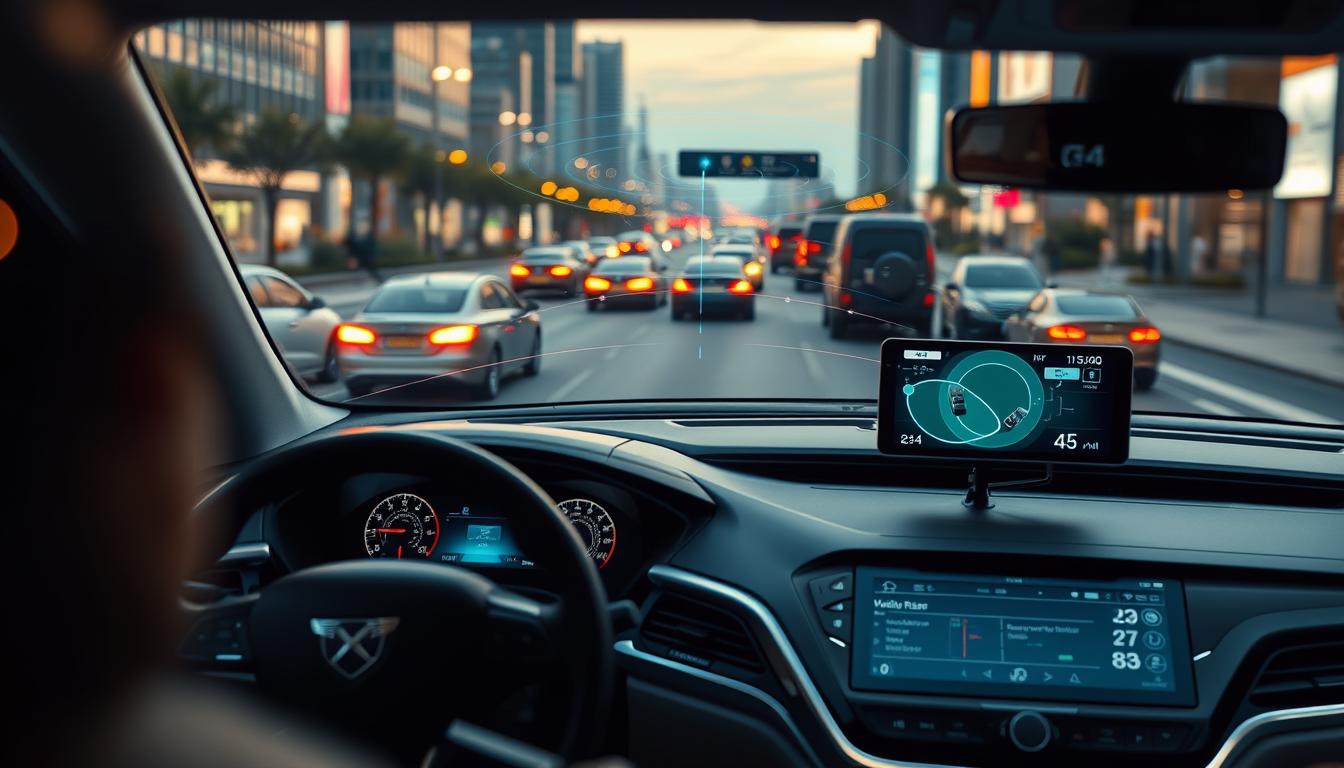Automotive radar systems represent a pivotal advancement in vehicle detection technology, fundamentally transforming the way cars interact with their surroundings. These innovative systems are designed to detect and interpret various objects around a vehicle, enhancing safety and efficiency on the roads. As companies like Bosch and Continental continue to drive this nascent field forward, the integration of radar technology in vehicles signifies not just a leap towards smart driving, but a strong foundation for future vehicle technology, including autonomous capabilities. With the rise of these advanced systems, the future of vehicle detection is brighter than ever.
Understanding Automotive Radar Technology
Automotive radar technology plays a vital role in modern vehicle detection systems. This technology utilizes the principles of radar to identify and track objects surrounding a vehicle. By understanding the radar definition and its operational parameters, one can appreciate the advancements this technology offers in the field of automotive safety and efficiency.
What is Automotive Radar?
Automotive radar is a specialized application of radar technology designed specifically for vehicle environments. It employs radio waves to detect objects and analyze their distance, speed, and direction. The signal processing involved extracts valuable information from the radar signals that bounce off surrounding objects, making it essential for effective object detection in various driving conditions.
How Radar Works in Vehicle Detection
The mechanics of radar involve emitting a radio signal that travels until it encounters an object. Upon hitting an obstacle, the signal reflects back toward the radar system. The radar mechanics focus on interpreting these returning signals to glean information about surrounding objects. By analyzing the time taken for signals to return and their frequency changes, the radar system can calculate crucial data regarding the proximity and movement of other vehicles or obstacles.
Types of Automotive Radar Systems
Automotive radar technology consists mainly of two types of systems: short-range radar and long-range radar. Each type serves distinct purposes in enhancing vehicle safety and operation:
| Radar Type | Range | Applications | Manufacturer Examples |
|---|---|---|---|
| Short-range Radar | Up to 30 meters | Parking assistance, collision avoidance | Delphi, Autoliv |
| Long-range Radar | Up to 200 meters | Adaptive cruise control, highway driving | Texas Instruments, Bosch |
These automotive radar types ensure vehicles can navigate safely and intelligently, responding to changes in the driving environment. With the rapid development of these technologies, manufacturers continue to innovate, providing enhanced safety features to drivers on the road.

Automotive Radar Systems: The Future of Vehicle Detection
The automotive industry is experiencing a significant transformation with the integration of automotive radar applications. Leading companies like Tesla, Ford, and Mercedes-Benz are enhancing their vehicles with superior technology that boosts vehicle safety features and improves functionality. These advancements play a crucial role in various industry use cases, particularly in adaptive cruise control, blind-spot monitoring, and automatic emergency braking.
Current Applications in the Automotive Industry
Automotive radar systems are being utilized in an array of essential applications. The following list highlights key areas where these systems excel:
- Adaptive Cruise Control: Maintaining safe distances without driver intervention.
- Blind-Spot Monitoring: Alerting drivers to obstacles in unseen areas.
- Automatic Emergency Braking: Activating brakes during potential collisions.
This technology’s effectiveness in diverse environments contributes to the growing reliance on radar for vehicle detection advantages, addressing challenges presented by other sensor types.
Benefits of Using Radar for Vehicle Detection
Radar technology offers numerous radar benefits that enhance vehicle safety. Key advantages include:
- Improved Accuracy: Precision detection of objects in various scenarios.
- Reliability: Consistent performance across different weather conditions.
- Reduced False Alarms: More dependable than traditional sensors like cameras and ultrasonic systems.
These benefits elevate safety measures within vehicles, significantly reducing the likelihood of accidents. With ongoing research and development, the impact of radar systems on future vehicle designs appears promising.
| Application | Description | Radar Benefits |
|---|---|---|
| Adaptive Cruise Control | Automatically adjusts vehicle speed to maintain a safe distance. | Increased precision and reduced driver workload. |
| Blind-Spot Monitoring | Detects vehicles in blind spots to minimize lane change accidents. | Improved situational awareness and accident prevention. |
| Automatic Emergency Braking | Activates brakes if a collision is imminent. | Critical intervention that can save lives. |
Enhancing Safety with Automotive Radar
Automotive radar technology significantly contributes to accident prevention and collision avoidance by providing crucial real-time data on the vehicle’s surroundings. These systems are designed to monitor traffic conditions continuously, identifying potential hazards and alerting drivers promptly. By utilizing advanced sensors, radar systems can detect vehicles or obstacles up to several hundred meters away, allowing for timely warnings or automatic braking interventions. This proactive approach to road safety is vital, as the National Highway Traffic Safety Administration (NHTSA) emphasizes the importance of such innovations in reducing the frequency of road accidents.
Accident Prevention and Collision Avoidance
The development of collision avoidance technology has revolutionized automotive safety. Through integration with complex algorithms, automotive radar systems can assess threats and initiate preventive measures such as adaptive cruise control and emergency braking. These features not only mitigate risks but also empower drivers with the tools necessary for safer journeys. The substantial evidence supporting the effectiveness of these systems illustrates their potential to save lives and minimize injuries across diverse driving scenarios.
Integration with Advanced Driver-Assistance Systems (ADAS)
As a cornerstone of driver assistance technologies, automotive radar plays an essential role in ADAS integration, complementing systems like cameras and LIDAR. This synergistic approach enhances functions such as lane-keeping assist and traffic jam assist, creating a more comprehensive safety framework. The ongoing research and practical applications from industry leaders like Waymo and Uber highlight the promising future of fully autonomous driving, fueled by safety innovations that prioritize the well-being of all road users. Together, these advancements form a formidable safety net, exemplifying the transformative potential of automotive radar in modern vehicles.




